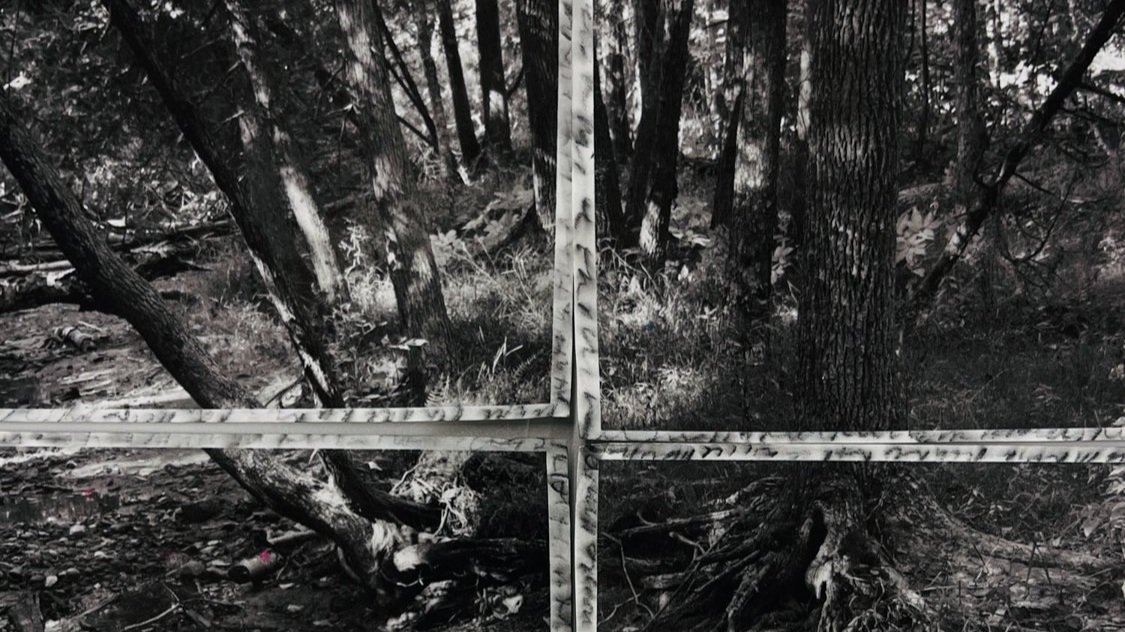
MK: In your experience, how does your relationship with a landscape change when you photograph it over an extended period of time? Has this resulted in an evolving narrative for any of your subjects?
TW: I think it is lot like looking at your own face in the mirror every day – it is easy to not really see it as time passes. But I have been afflicted with multiple occurrences of skin cancer – mostly on my face – and so looking closely, examining every little change is imperative. The sites I visit the most carry that kind of scrutiny. That level of intimacy means that I both mourn and revel in the changes I see. A tree falls over in a windstorm. It was a favorite character in a scene. It is a tragic loss. But a new character is revealed. The now upright root reveals a cavern in the ground below that various critters inhabit, a crop of flora spring to life on top of it all. Seasons change. The wind blows, carrying soil and decaying organic matter to rest up against the upright roots. The topography of the woodland floor begins to change – I am convinced I see the beginnings of a hill forming. And that is how the narrative might evolve.
MK: Is there anything about your work that you feel people miss or are misinformed about?
TW: I don’t know if I have any way to get a handle on that. I do know that some who see my work find more than I consciously knew to be there and through them I learn…
MK: What does a typical creative day consist of for you? Do you consider yourself a workaholic, or do you keep a schedule of time for family, socializing, vacation, etc?
TW: You probably should ask someone else, such as my husband, this question! In my mind, every day is a creative day – some days are very active while others might appear dormant. I am rarely not ‘working’ at some level, meaning it is very difficult for me get my brain to quiet down. An example would be waking up in the middle of the night with an answer – or a strategy – for dealing with a challenge I am facing in my work. My studio practice, besides requiring time and opportunity out in the natural world to be making photographs, also includes research. I spend significant time reading – some material that is broadly on topic, such as that of our most knowledgeable authorities writing on the climate crisis. Other research could be trained on specific locations and might include digging into archeological studies or tracing the history of land contracts and property transfers since settlement; or going through historical archives looking for a photographic record over time. And then there is the time exploring materials, testing samples, editing images and experimentation with scale and presentation.
Besides my studio practice, I spend time (daily) along with my husband overseeing/managing/running a non-commercial gallery and event space in our community. It is an old, rehabilitated storefront which houses our shared studio and storage/archive behind it. We are very active in our community, especially around matters of advocacy for the arts and culture sector. Our recreation/vacation time is also often centered around art and art making as well. We typically travel to see major exhibitions and consume as much culture as we can absorb with visits to NYC twice a year. For my own production, my preferred seasons to photograph in the woodlands and forests are when there is no canopy, which we satisfy by doing frequent day trips to hike and shoot during the fall and early spring. In the winter we resort to snowshoes and cross-country skis. (Our two dogs, Luna and Mojo, enjoy racing about in any conditions).
My husband’s work is documentary — little suits his needs/purposes more fully than a road trip, especially off the interstates on local highways and into the small towns. We often will drive to deliver work for exhibitions, or to attend conferences, to satisfy that.
